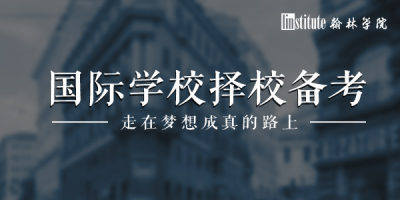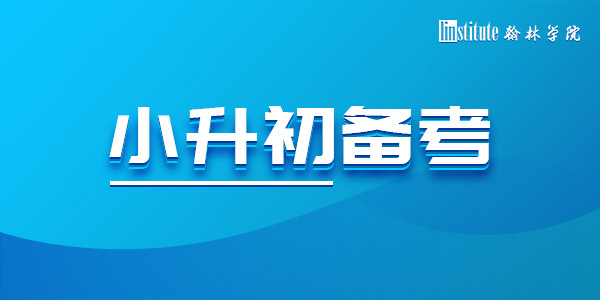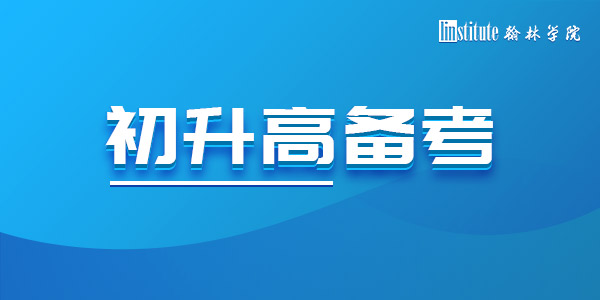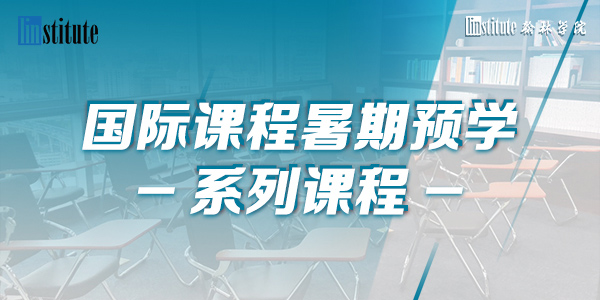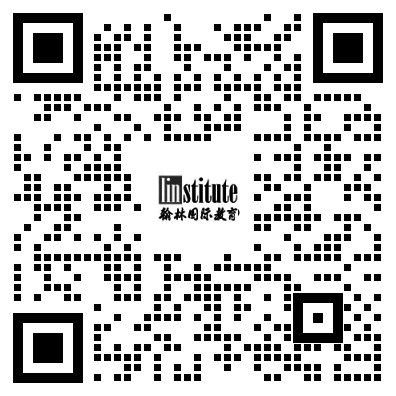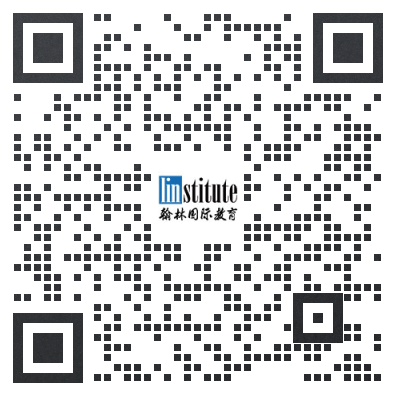- 翰林提供学术活动、国际课程、科研项目一站式留学背景提升服务!
- 400 888 0080
[Inside Education]: All About Bilingual Schools
Bilingual Schools in Shanghai expose students to a second language and offer a fusion of Chinese and Western education. Bilingual is on the rise, popping up in answer to the growing number of Chinese students who wish to pursue higher education abroad, but these institutions are also open to expats who wish to prioritize Chinese language learning. Unlike international schools which only accept foreign passport holders, bilingual schools accept both foreign and Chinese students.
Sounds peachy, right? But there’s not one kind of bilingual education, there're a multitude of approaches and strong opinions on which way’s best. We spoke with experts from YK Pao School and Shanghai United International School (Gubei) to get a clearer picture of what's out there.
***
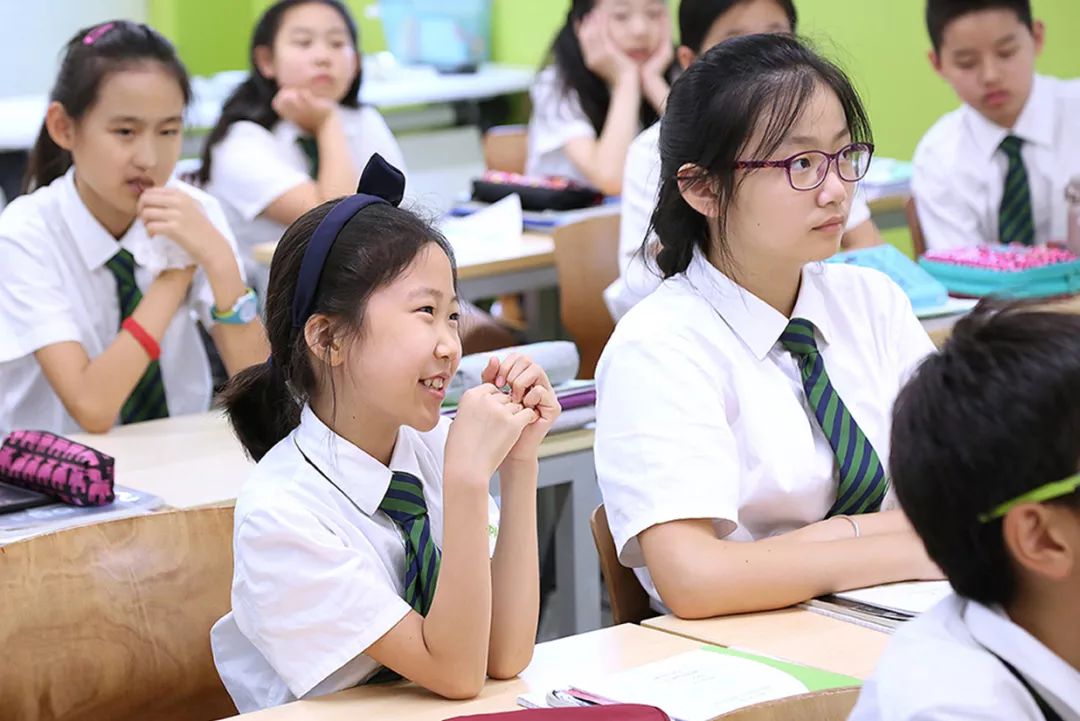
What Does it Mean to be Bilingual?
The goal of bilingual education in Shanghai is academic competency in both English and Chinese, to the point where students have two separate tracks set down for each (not translating from one to the other). There are both immersive and non-immersive programs available. Immersion is the “throw ‘em in the deep end of the pool” approach where your second language is the primary language of instruction. If language acquisition is a priority, an immersive program makes sense, especially when learning Chinese (with its tones and all). It’s beneficial for students to strengthen skills at an early age.
Non-immersive programs are also quite different from school to school, but typically try to strike a balance between primary and secondary languages. How much Chinese instruction you get varies, a lot of schools will offer just an hour of Chinese a day. There’s a bit of a debate on which approach is better, but it really depends on the student and individually what environment they can thrive in.
“Bilingualism is a core skill of the 21st century.The ability to navigate multiple cultures and languages systems is fundamental to finding a place in the increasingly international communities our students are and will be a part of." — Rebekah Hommel, Senior Teacher, SUIS gubei
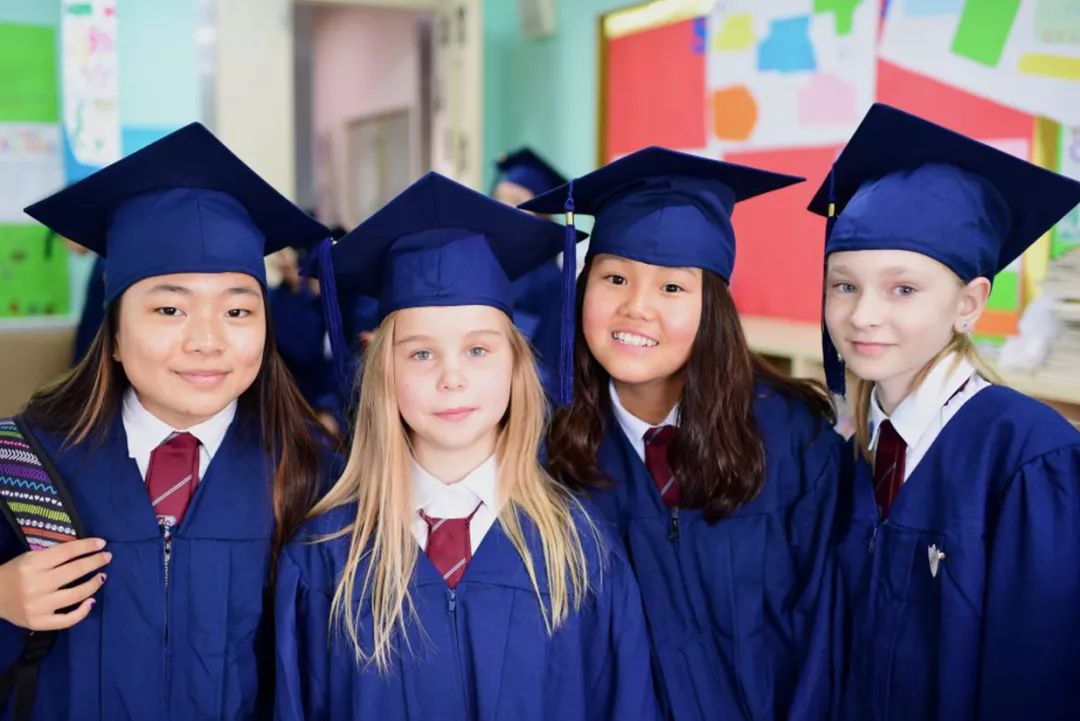
Common Misconceptions
There are a few misconceptions about the negative side effects of a bilingual education. These boil down to the fear that learning two languages will create a lack of proficiency in young students' dominant language and may slow students down academically. There’s certainly a trade-off, your Chinese will be much stronger but language acquisition may start slower, having to learn double the vocabulary. Educators say it's important to keep your mother tongue strong and this may take extra work at home—but there is no denying the pay-offs of speaking two languages at an academic level (from college admissions to future job opportunities to being able to navigate a culture that's not your own).
Questions to Ask
As a foreigner considering a Bilingual School in Shanghai
- What’s the division of the curriculum? Where is the curriculum coming from, is it Chinese, foreign, or a hybrid?
- What is the school’s population (who is the learning geared towards)?
- How many hours are spent learning Chinese?
- If students are struggling with Chinese, what programs are there to help get them on track?
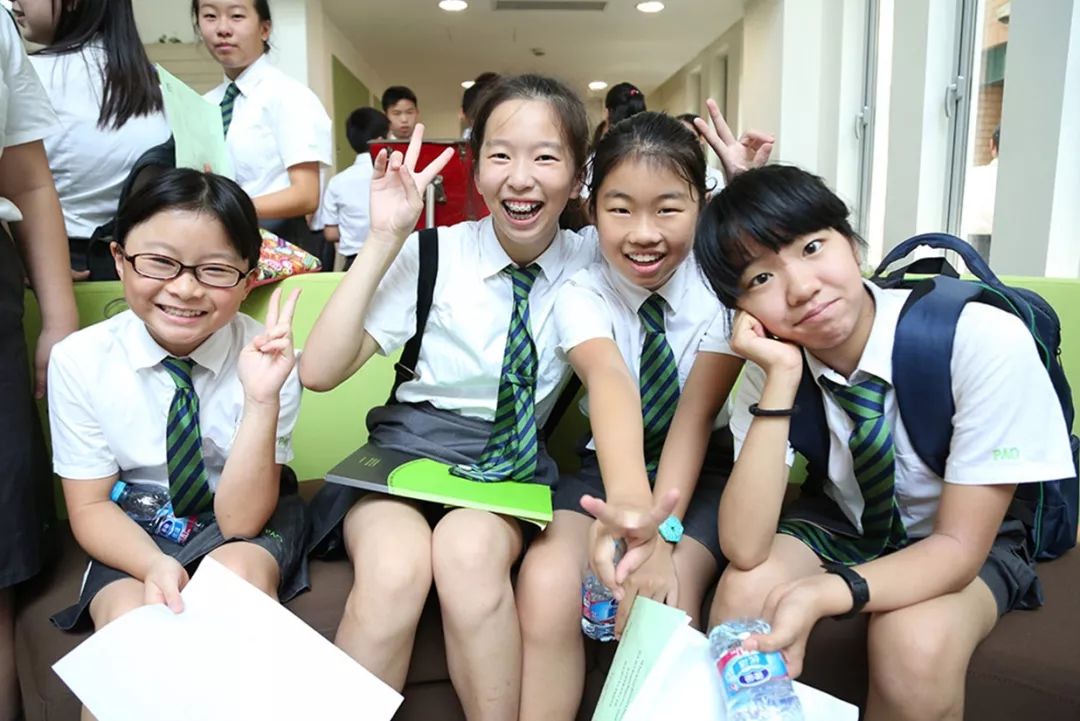
Bilingual Schools in Shanghai
In Shanghai bilingual schools will differ in instruction based on their core population, for example if a bilingual school has a larger local Chinese population (which tends to be the case), they are often immersive in Chinese in Early Years and in English in High School.
"We serve Chinese Students and give them opportunities to experience a more holistic approach.We also serve international students and give them deeper exposure to Chinese language and cuture than international schools typically offer" — Caroline Xu, Deputy Head, YK Pao
YK Pao School is perhaps the best known bilingual school in Shanghai. They offer Primary to High School, with their language model like a curve. Their main population is local Chinese students so in primary, the breakdown of instruction starts at about 75% Chinese and 25% English, then gradually shifts to more English, by High School it's all English except for Chinese class.
If you are a native English speaker and looking for a Chinese immersion program for your child, this model also works in reverse and YK Pao offers an international program which provides extra support for native English speakers. Educators there report that parents from the expat community tend to like the exposure to Chinese culture and YK Pao's curriculum for grades 1-8 which is the Chinese-made Shanghai+ a challenging curriculum with "western influences.” In High School, the curriculum shifts to International+, with Cambridge IGCSE and IB Diploma Programs.
Shanghai United International School (Gubei Campus) comes to mind as a secondary bilingual school with a commitment to integrating Eastern and Western educational models. Curriculum-wise, SUIS (Gubei) leans international, with IGCSE in grades 9 and 10, and an IB Diploma for grades 11 and 12. They're immersion is in English, geared towards a mostly Chinese student body, though there's a significant number of international students who reap the benefits of a non-immersive bilingual program (majority of instruction is in English, with about an hour a day in Chinese or German). According to Rebekah Hommel, Staff Development Officer and Senior Teacher at SUIS (Gubei), "learning to work across and between cultures" in order to problem solve is a skill set valued and developed at SUIS.
在线登记
最新发布
翰林课程体验,退费流程快速投诉邮箱: yuxi@linstitute.net 沪ICP备2023009024号-1

